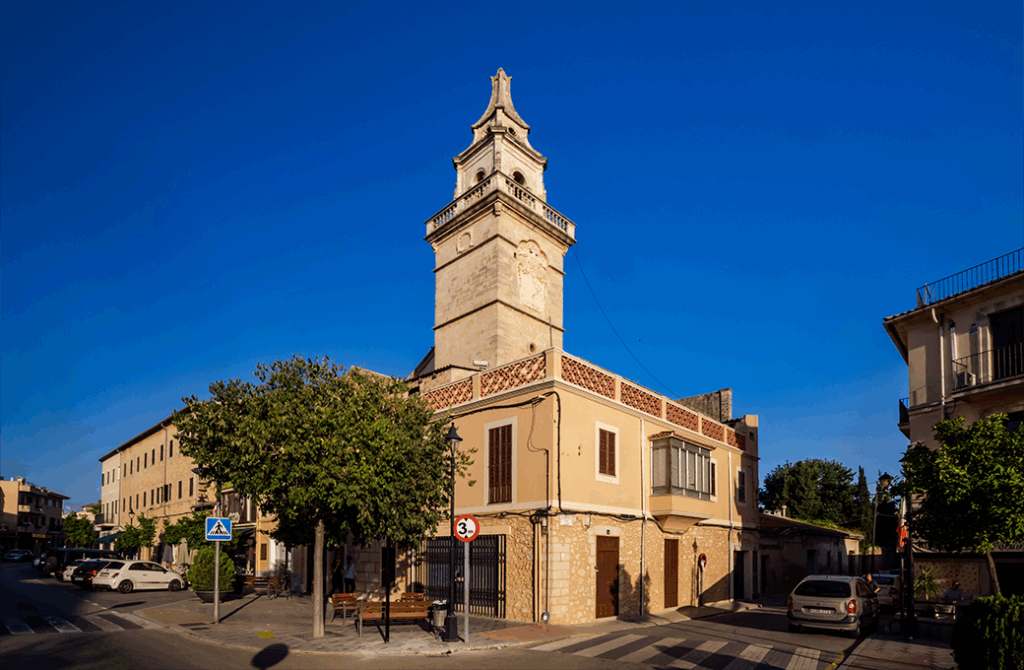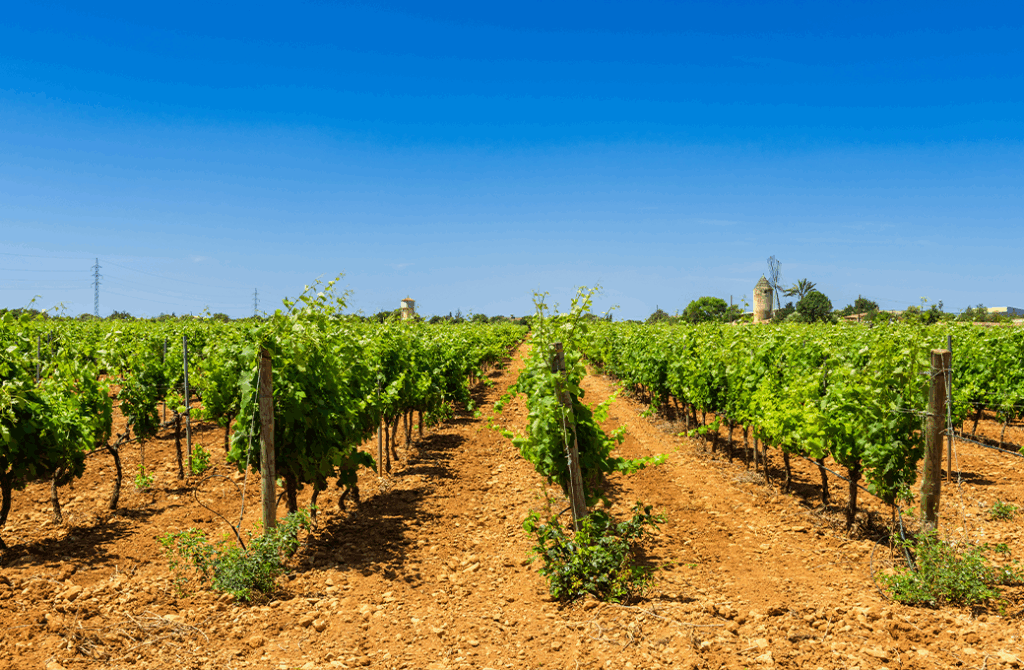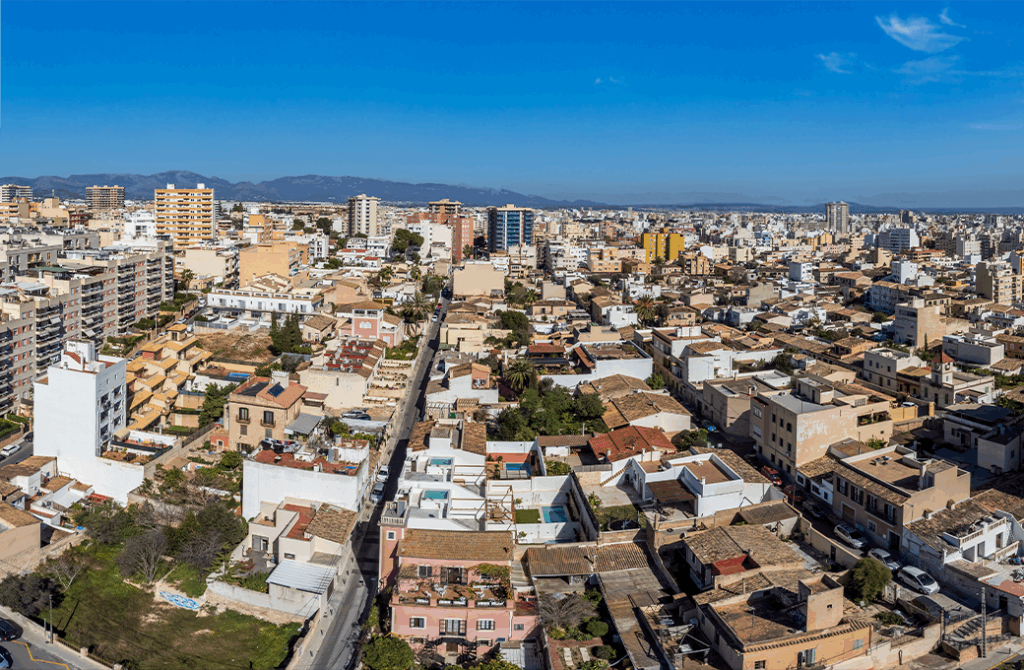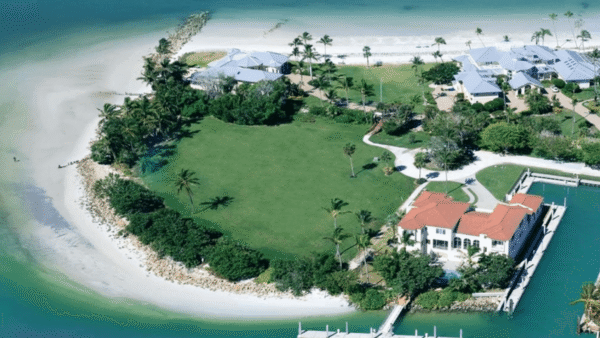Mallorca continues to attract global interest—not just for its coastal glamour, but for the growing appeal of rustic retreats in lesser-known inland villages like Santa Maria and Alaró. As demand for land-rich properties rises and direct flights from Europe and the U.S. expand, this Balearic island is firmly on the radar of second-home buyers, investors, and families alike.
To get the inside scoop on where buyers are headed and why,
we spoke with Alby Euesden, Managing Partner of The Agency Mallorca.
Who is buying in Mallorca today, and why?
“Mallorca has a diverse blend of nationalities that are flocking to the island to enjoy one of the safest and most beautiful destinations in Southern Europe,” says Alby. “Many choose Mallorca, not only for its natural beauty but also for its exceptional connectivity—with consistent, year-round, direct flight paths to mainland Europe.” These flights, Alby explains, have recently led to a greater influx of investors and buyers from the U.S.
“With direct flights already in place from New York’s Newark airport with United Airlines—and many more direct flights already being planned from Miami, Chicago and Los Angeles—we see this trend only strengthening in the coming months and years.” Palma de Mallorca Airport (PMI), the island’s main international hub, is conveniently located in Mallorca’s capital city of Palma.
Alby also notes that these clients are attracted to the island for its solid infrastructure, top-level international schools and hospitals, warm summer climate, and mild winters.
What buyer preferences are you seeing right now? And how are those reflected in neighborhood popularity?
“With the increase in demand from foreign buyers for homes on rustic land, we have seen a big shift in the vibrancy of neighborhoods surrounding larger cities,” says Alby. “Buyers in these areas often prefer to invest in small local businesses as well, so local restaurants, cafes, and shops have evolved substantially thanks to that support.”
Sustainable, self-sufficient homes are also becoming increasingly popular, particularly in the island’s inland regions. Buyers are drawn to the opportunity for more space and a lower environmental footprint.
“The trend for rustic land is mostly driven by the requirement of more space, and a drive towards sustainability,” Alby explains. “Homes with their own well water supply, and the increase in capabilities of solar energy, mean many of these homes can be completely self-sufficient.”
What Mallorca neighborhoods are attracting buyers now?
Moving beyond the island’s iconic coastline, today’s buyers are increasingly seeking rustic properties in Mallorca’s central villages.
“Villages famous for their beautiful vineyards, like Santa Maria and Alaro, have seen a huge growth in demand, “ says Alby. “Clients are now looking for more space. With development of rustic land starting at a minimum of 3.5 acres, these properties have plenty of land and offer incredible privacy.”
In the Southwest, Alby is still noticing very high demand for Costa d’en Blanes and Bendinat. “These two residential areas are preferred by clients looking to enjoy year-round living and proximity to amenities like international schools, golf courses and marinas.”
Palma’s Old Town has seen steady demand from international buyers seeking a charming, historic escape from the bustle of the capital city.
Overall, Palma attracts buyers looking for holiday homes, drawn to its mix of elegant apartments and historic palaces. These properties are especially popular for use during the spring and cooler autumn months, when the city is lively yet less crowded.
Let’s explore some of the most in-demand neighborhoods in Mallorca and what makes each one uniquely appealing.
Santa Maria

Santa Maria is a charming market town located about 10 miles (17 km) northeast of Palma. Known for its local vineyards and relaxed village atmosphere, it offers a peaceful inland lifestyle with easy access to the capital.
There are a number of quaint restaurants located just off the town’s main thoroughfares. Cabra Blanca, Alby notes, is unmissable. “It’s a German-owned restaurant bringing something new and trendy to a usually quiet Spanish neighborhood,” Alby says.
The area is also well-known for its many vineyards. Macia Batle, the largest winery in the area (and one of Alby’s favorites), offers scenic tours and tastings with local food pairings.

Costa D’en Blanes

Just 20 minutes south of Palma is Costa D’en Blanes, home to one of the most popular marinas on the island, Puerto Portals, as well as numerous fantastic restaurants and bars — and, coincidentally, The Agency Mallorca’s office (on Carrer Oratori).
Alby highlights Restaurante Cappuccino as one of the area’s most beloved spots, with several restaurants and boutique hotels across Mallorca. Among them, Cappuccino Puerto Portals stands out as a long-time favorite. “The restaurant is busy from breakfast until past midnight, offering food and drinks all night,” says Alby. “It is a perfect spot for people-watching, too.”
Japanese-Mediterranean restaurant Yara is another of Alby’s personal favorites. It often hosts famous chefs from Asia. During summer weekends, Yara will have a live DJ playing from 8 pm until late.
The region offers far more than just food and nightlife—Costa D’en Blanes and Puerto Portals also provide direct access to two beautiful beaches and the Puerto Portals Sailing Club, where visitors can take sailing lessons or rent paddle boards, adding to the area’s diverse range of attractions and activities.
Palma

Palma’s food scene has exploded with fresh options in recent years. Among the island’s most popular restaurants is El Camino, a British-owned restaurant serving inventive modern Spanish food. “El Camino’s dining setup is unique — all food is served at the bar where patrons can watch the chefs prepare each dish while enjoying sips of local wines. This one is a must-visit when in Palma!” says Alby.
Paseo del Borne (pictured below) is Mallorca’s most famous shopping district, with multiple local boutiques intermixed with world-famous brands such as Rolex, Louis Vuitton, Massimo Dutti and Sandro.

The capital city is also home to many iconic art galleries, the largest being Gallery Red, which boasts multiple galleries dotted along a main square known as “Plaça Chopin.” This lively area is coincidentally just a stone’s throw from The Agency’s second Mallorca location, which is slated to open later this year.
Are there any emerging or lesser-known neighborhoods you believe are on the rise?
“Within Palma’s city center, a suburb known as Son Espanyolet is definitely one to keep an eye on,” notes Alby. “The area is a low-rise district with a growing number of new townhome and apartment developments. Thanks to its prime location, developers are quick to secure any available plots of land. Son Espanyolet is just a short distance to Palma’s trendy Santa Catalina neighborhood, famous for its cafes and restaurants, as well as the Palma tennis club, offering a fantastic tennis and spa facility within the city. “

In the Southwest, Cas Catala is growing in popularity. “Located directly between Puerto Portals and Palma, it’s a relatively small neighbourhood of just a handful of streets marked with private family villas and newly built apartment complexes,” says Alby. “Thanks to its proximity to the sea, many properties there offer excellent ocean views. Palma’s city center and main beaches are less than a 15-minute drive away, with some smaller coves even within walking distance.”
What advice would you give someone considering a property purchase in Mallorca today?
“With real estate prices appreciating approximately 9% per annum since 2009, and our current mortgage rates being extremely low, with fixed rates from 2%-3.40%—whilst trying not to be cliche— I would advise that now is a fantastic time to buy,” says Alby. “Mallorca’s popularity continues to rise, attracting both ultra-high-net-worth individuals and international investors.”
“Plus,” Alby continues, “some of the world’s most renowned hotel brands are now establishing a presence on the island, including the Four Seasons in Formentor and the upcoming Mandarin Oriental in Punta Negra, set to open in early 2026.
“With this ongoing momentum, it’s clear the island has not yet reached its peak. A new wave of tourism and investment is accelerating, and with it, real estate prices are likely to climb even further.”
Thinking of making a move to Mallorca? Get in touch with our local team at The Agency Mallorca to learn more about the market and see available properties. Reach Alby Euseden directly at +34.66.144.7589 or alby.euesden@theagencyre.com.





